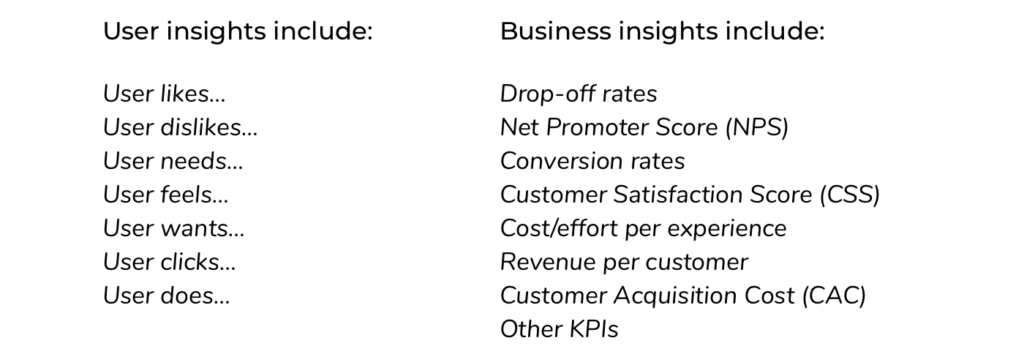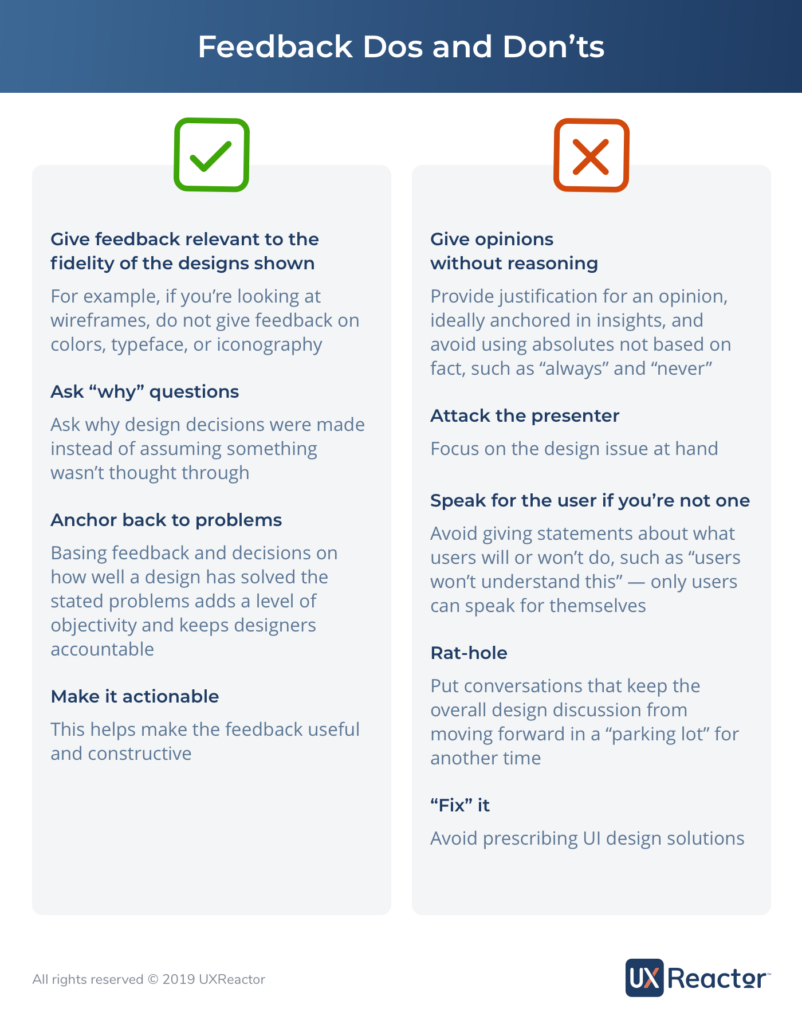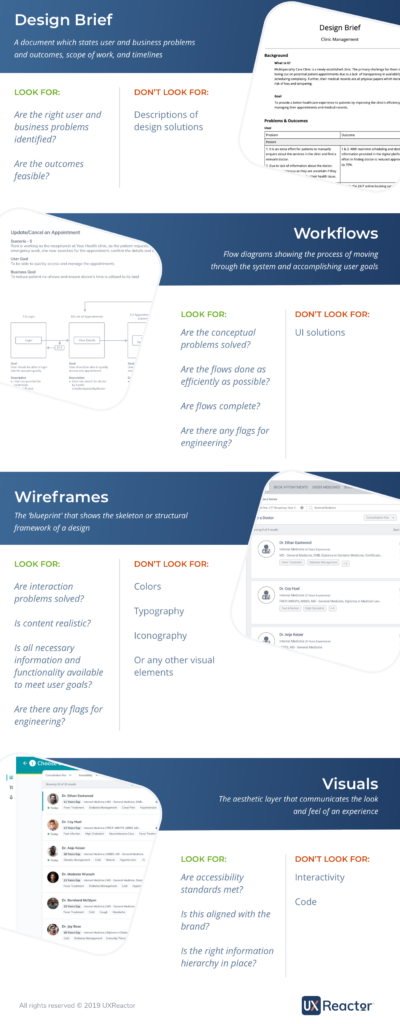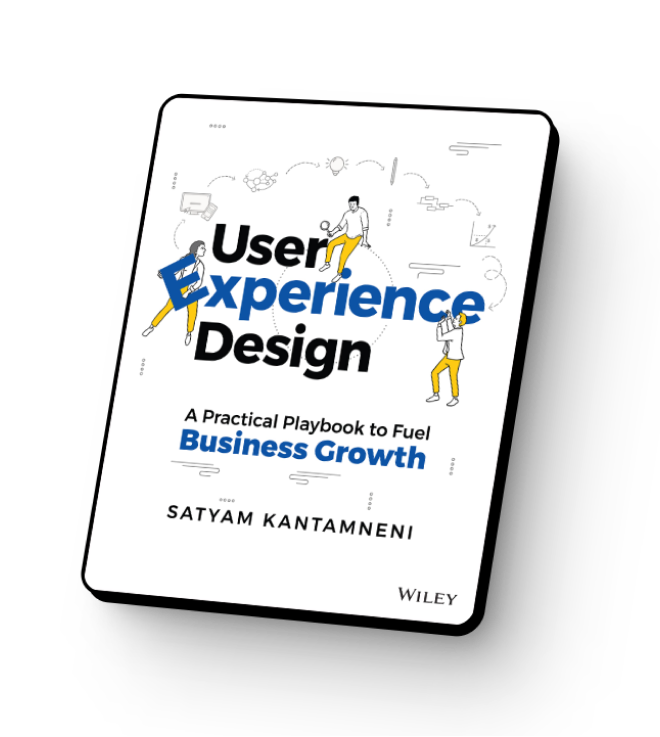You, dear Product Manager, have a release planned in five months. How often have you been in this situation, and how often have you felt really confident about meeting user needs before shipping a product? Why, or why not?
At UXReactor, as we’ve worked with several Product Managers over the years, we’ve seen while companies can ship on time, they don’t necessarily do so well —the product often misses the mark with users, and internally, design goals are haphazard, few understand how pieces fit together, and there’s a lack of common language to get centered around. What this often leads to is friction between Product Management and Design.
And good product development needs the two to be in sync. Otherwise, in the words of one Chief Product Officer, “your product will end up like crap.”
As a Product Manager, you should be deliberate about 5 things that can make you a design team’s best friend:
- Get the right skill sets together
- Gather user and business insights
- Know your problems
- Communicate the intent, not the solution
- Give the right kind of feedback at the right time
Let’s begin…
1. Get the right skill sets together
Before even thinking about how to work with a UX design team, what exactly makes a good UX design team? We’ve found that a good user experience design team consists of at least four skill sets:
Research — to gather a portfolio of user insights and provide a reason for the experience
Interaction Design — to build the skeleton of the experience
Visual Design — to provide the soul to and flavor of the experience
Prototyping — to give life to the experience and provide stimuli for research
We understand and realize how difficult it is to find these skill sets (really!), but nonetheless, encourage you to push to have these represented in your organization.
2. Gather user and business insights
With research on your team, ensure you’re getting a portfolio of user insights from formative, summative, and sensorial user research. Don’t forget insights from business analytics.

These provide the foundation for what to pursue, which the UX design team can help you champion and deliver.
3. Know your problems
With insights in hand, it’s time to formulate what problems need to be solved for the UX design team to take on. At UXReactor, we call this having the “Design Problems Mindset”, and we employ it from the very start of a project.
A Design Problem (DP) frames the issue to solve when designing how an experience should be. The intent of a DP is to create a traceable path between a design and user and business outcomes. It starts with “How might we….” (a technique from Design Thinking), followed by an issue related to understandability, scalability, hierarchy, efficiency, etc.
For example, if your user and business insights showed the onboarding experience of your product was too complex, the Design Problem could be: “How might we simplify the existing onboarding experience?” DPs can range from high-level conceptual problems down to specific problems related to a stage in the design process, such as visual design.
It is the UX design team’s responsibility to create solutions for DPs, and your responsibility to hold them accountable for doing so.
Pro tip: In a design review, critique a solution by how well it’s solved a DP. This will make feedback more objective and easier for all to get aligned on. More on how to give feedback below!
4. Communicate the intent, not the solution
Now it’s time to document requirements. When giving requirements, frame what needs to be done in the form of the intended user outcome, and let the design team run with that. Stay clear of being prescriptive about the User Interface (UI). Communicating the intent allows the design team to do what they’re best at — design.
For example:
Do: “The user should be able to find a black sweater in their desired material, size and price.
Don’t: “The user goes to the Search Bar and types in their query. They filter through the search results by clicking on options for color, material, size and price. They then click on the thumbnail image of a sweater they like to see its details.
5. Give the right kind of feedback at the right time
The UX design team is now entrenched in the design process, producing artifacts for review. Here’s a handy chart to help you give feedback in general:

Different stages of design require different types of feedback. Feedback earlier in the design process should focus on vetting that the correct problems are solved, all the relevant parts of the system are captured, and the movement within the system is logical and efficient. Feedback later on in the design stage should pertain to fine-tuning the look and feel. If feedback due in earlier stages is given in the latter stages, you risk a lot of churn (!).
Here’s what to look for with respect to some key artifacts in the design process:

Examples:
For workflows, instead of:“This workflow has too much going on.” Try:“Based on our user research insights, users found that getting through this booking process was too complicated. How might we simplify this?
For wireframes, instead of: “Option 1 is better than Option 2.” Try:“Option 1 is better than Option 2 because it better solves the design problem of reducing information overload.
For visuals, instead of: “Can this calendar be put at the top right? And can it be a pop up instead?” Try: Giving feedback on the visual elements only. Interaction/layout feedback should be given at earlier stages. If this is unavoidable, understand the design team will need more time to solve for it.
Remember, in your role as a Product Manager, you can greatly improve design outcomes and effectively contribute to the design process. Yes, even without a design background!
Just by knowing how to speak to the UX design team in a way that is conducive to their work, can lead to greater creativity, better morale, better collaboration, and ultimately, shipping with confidence.


